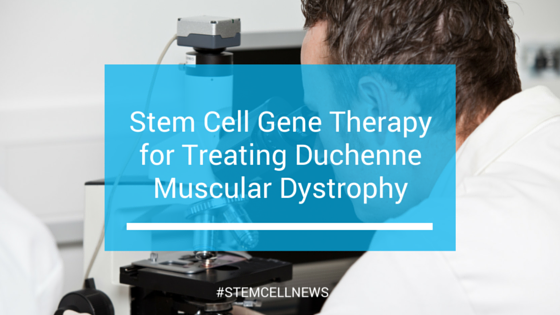
Researchers from the Edythe Broad Center of Regenerative Medicine, Stem Cell Research Center for Duchenne Muscular Dystrophy at UCLA and UCLA Eli have made a breakthrough using stem cell gene therapy to treat Duchenne muscular dystrophy.
The breakthrough could be used to treat up to 60% of people with this form of muscular dystrophy. Duchenne muscular dystrophy affects approximately 1 of every 5,600 to 7,700 males 5 through 24 years of age. It is the most common fatal genetic disease in boys in the United States.
This new stem cell gene therapy uses CRISPR/Cas9 to correct the genetic mutations that are causing the disease. There is still much research to be done before the procedure is considered safe and the treatment is possibly 10 years away from being in general use.
The research, published in the journal Cell Stem Cell, is an important step forward for finding a cure for muscular dystrophy. This form of muscular dystrophy occurs when a gene called dystrophin fails to adequately produce enough dystrophin protein. The dystrophin protein is used to strengthen and connect muscle fibres.
People with the disease suffer from muscle degeneration which leads to a loss of mobility and organ failure. Patients with duchenne muscular dystrophy typical die before the age of 20 from heart or respiratory failure.
In 60% of cases, the mutation that causes the condition is in a specific part of the gene, which can be repaired using this new stem cell gene therapy. To test the procedure, researchers used skin cells from people with Duchenne muscular dystrophy. They created Induced Pluripotent Stem Cells (iPSCs) from those skin cells, and then used gene editing to remove certain parts of the dystrophin gene.
This technique is one of many new treatments being developed using CRISPR/Cas9. It is a naturally occurring reaction that happens when bacteria encounters viruses. Scientists harness the process to target specific parts of human DNA, removing specific genes that cause problems.
Once researchers were able to create iPSCs that did not contain the gene defect, they knew they had discovered a potential cure.
Source: Stem cell gene therapy could be key to treating Duchenne muscular dystrophy


